Related Articles
A headless Quick Action in Salesforce is a custom action executed within a Lightning Web Component (LWC). It doesn’t open the default modal window for user interaction and allows you to use custom logic and dynamic content. In this blog, we will walk you through the key steps of creating a headless Quick Actions in […]
Read MoreLightning Web Components (LWC) is a modern JavaScript framework used to build responsive, dynamic applications on the Salesforce platform. LWC leverages web standards, allowing developers to utilize the latest JavaScript features and methodologies. Compared to older Salesforce frameworks like Aura and Visualforce, LWC is lightweight, fast, secure, and more efficient in terms of performance. Additionally, […]
Read MoreA custom Agentforce Agent is imperative to increase the efficiency and effectiveness of your business operations. Do you know why? In this blog, we will walk you through the key steps that can help you create a custom Agentforce Agent: What is Agentforce? Agentforce is an AI support service designed to assist agents in providing […]
Read MoreIn the world of Salesforce development, prompt templates are like the secret ingredient that powers some of the coolest features in Einstein 1 Studio. They’re the behind-the-scenes magicians who make things happen, from drafting personalized emails to summarizing records and beyond. But here’s the thing: to make these templates truly shine, you’ve got to ground […]
Read MoreSecond Generation Managed Packaging (2GP) is a must-have modern approach that helps in building and managing packages on Salesforce. It offers a myriad of tools for developing, distributing, and managing apps and metadata to AppExchange partners. With the help of Managed 2GP packaging, you can utilize your custom Apex code, interact with your version control […]
Read MoreSalesforce’s cutting-edge offering, Biometrics Service, is about to revolutionize mobile utility safety with its Spring ’24 release. This new carrier lets builders seamlessly integrate biometric authentication functions, including fingerprint and facial recognition, without delay into Lightning Net components (LWCs). This capability is important for defensive touchy records on mobile gadgets, ensuring unauthorized entry is thwarted […]
Read More
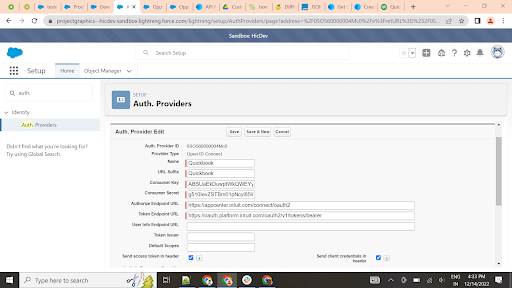
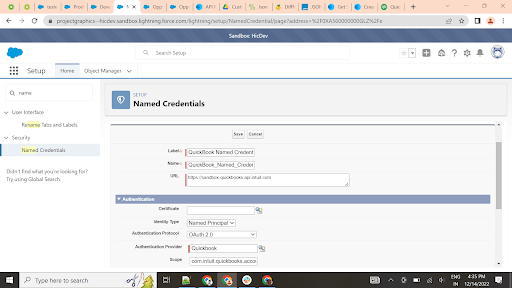
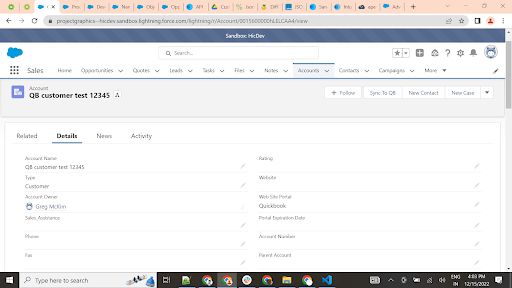
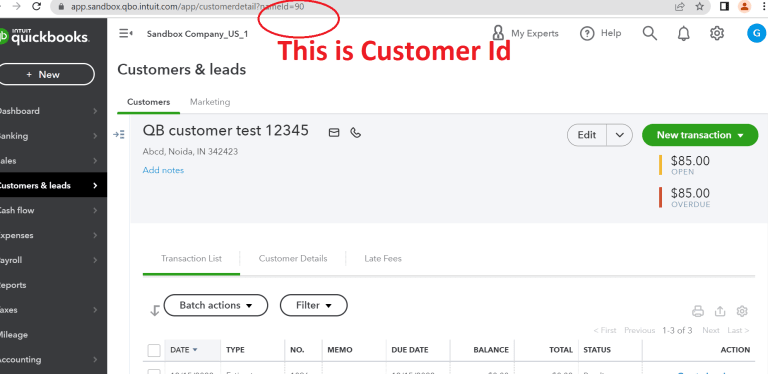
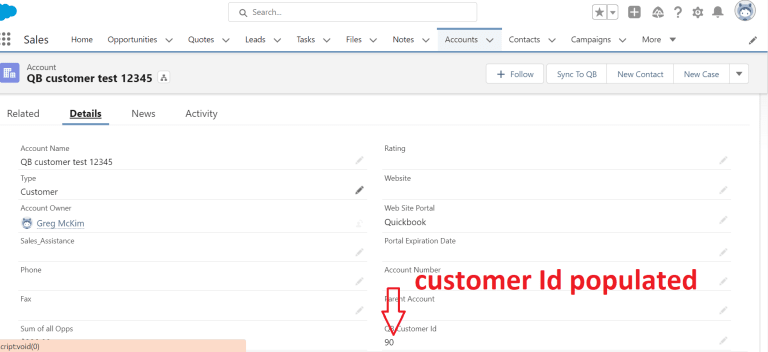
 India
India  USA
USA UK
UK Canada
Canada